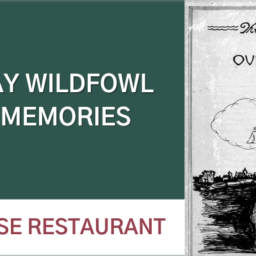From Good House Keepingby LIZZ SCHUMER Dec 22, 2020
We don’t really know which St. Valentine the holiday technically celebrates,according to History.com. The Catholic church has records of at least three different martyrs named Valentine or Valentinus. One of them, a priest in third century Rome, defied the emperor Claudius when he decided to outlaw marriage for young men. Valentine continued performing marriage ceremonies for the lovers in secret, and Claudius had him killed for it when he found out.
Another Valentine supposedly helped Christians escape from prison,and was als omartyred for it. Yet another one is said to have sent the first “Valentine” letter from prison, allegedly to the jailor’s daughter. Legend has it, he signed the note, “from your Valentine,” a greeting we still use today. Whichever saint the holiday memorializes, we generally agree he was kind, heroic and most importantly, very much pro-love.
Much like Christmas, Easter and other Christian holidays, we may have first begun celebrating Valentine’s Day in February in an effort to draw attention from a Pagan holiday set at the same time. In this case, that’s Lupercalia, a fertility festival dedicated to Faunus, the Roman god of agriculture, as well as Romulus and Remus, the founders of Rome. During the festival, Roman priests visited the cave where Romululs and Remus were said to have been raised by a she-wolf, and sacrifice a goat for fertility and a dog for purification, according to Encyclopedia Britannica. They then dipped the hide in the blood and went around town smacking women and crop fields with it, to encourage fertility in the new year.
Women also placed strips of paper with their names in a giant urn, as part of the celebration. Eligible bachelors drew names out of the urn, and those they chose would become their partner for the year. Many of those matches ended up married. At the end of the fifth century, the pope declared the holiday un-Christian, and replaced it with St. Valentine’s Day instead.Like many Christian feast days, Valentine’s didn’t become associated with secular practices until later. In the Middle Ages, people thought the feast day also symbolized the beginning of birds’ mating season and so they began to associate it with becoming, as Bambiso charmingly calls it, “twitterpated.” English poet Geoffrey Chaucer recorded the day as a romantic celebration for the first time in his 1375 poem “Parliament of Foules.”According to Poetry in Translation, he wrote, “For this was sent on Seynt Valentyne’s day / When every foul cometh thereto choose his mate.”
And from the very beginning, people took issue with how Valentine’s Day was celebrated. “People love the idea that there were these wonderful eras before our own time when people celebrated Valentine’s Day in the most authentic way,”Elizabeth Nelson, a 19th-century pop culture expert who wrote the book on marketing the holiday told the University of Nevada. “But there was always this long and complicated history about Valentine’s Day and people actually thought that it was too commercial and insincere from the very beginning.”














